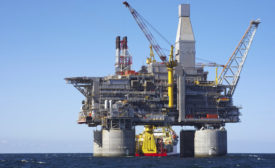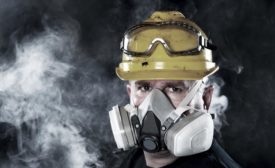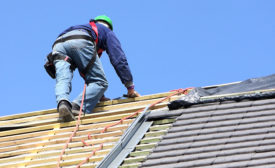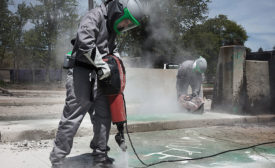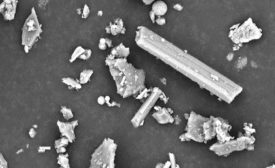Government Safety Regulations
Best Practices
Know where your knowledge gaps are
Essentials: ACGIH® TLVs® and BEIs® booklet
October 1, 2019
Never miss the latest news and trends driving the safety industry
eNewsletter | Website | eMagazine
JOIN TODAYCopyright ©2024. All Rights Reserved BNP Media.
Design, CMS, Hosting & Web Development :: ePublishing
